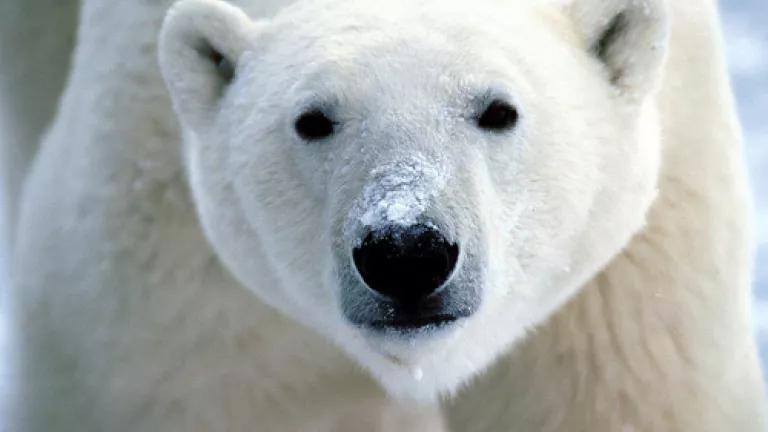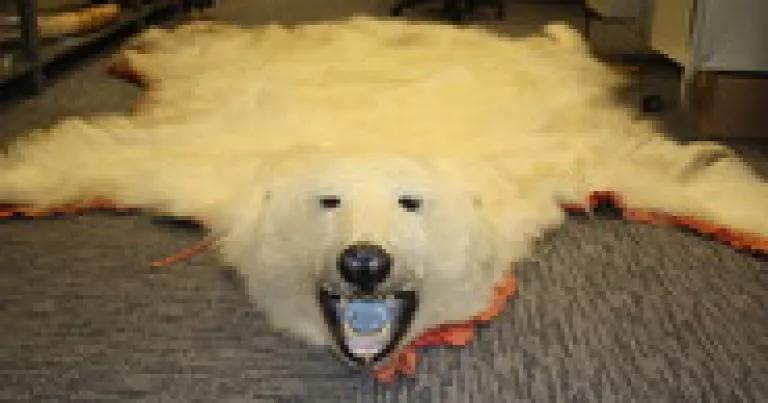Polar Bears Are Still In Trouble, Scientists Warn, As Commercial Demand for Polar Bear Fur Grows

Recently, an aerial survey of polar bears in Canada’s western Hudson Bay seemed to show that the Bay’s bear population has remained stable since 2004, despite predictions of steep declines as the result of climate change. Predictably, some jumped on the study to suggest that polar bears are just fine and all this climate talk is a bunch of hooey.
Both Andrew Derocher and Ian Sterling, two of Canada’s most renowned and prominent polar bear researchers, have offered a much-needed correction to the spin that’s been put on this study. They note:
- The aerial survey recorded very few cubs (50 cubs and 22 yearlings), an ominous sign and one that’s consistent with the substantial weight loss that has been seen in the females of this population in recent years. According to the Toronto Star, Dr. Derocher believes that two to five times more cubs were born in the 1980s through to the 1990s.
- The study also found that the average litter size was the lowest recorded in recent years among the three Hudson Bay subpopulations. Dr. Sterling, in a statement to the Edmonton Journal, says this finding is consistent with his own observations during another survey last November: “In the area between the Ontario-Manitoba border and the Nelson River, he counted 107 bears, but saw only two family groups. Normally, he would expect to see 20 to 25 mothers with cubs.”
- Although the study recorded roughly the same number of polar bears in 2011 that were counted in 2004, the two surveys shouldn’t be directly compared. The 2004 study was a “mark-and-recapture” study (where bears are physically captured and tagged), while the 2011 study, by contrast, was an aerial survey (where polar bears are counted by air during predetermined “transects”). According to Dr. Derocher “Effectively you can’t compare the abundance between the mark-and-recapture survey and the aerial survey directly because they’re measuring two different things.”
What should not be lost in this back-and-forth is the fact that the Territory of Nunavut recently more than doubled its quotas for the western Hudson B

ay, an increase that is coincident with the growing commercial value of polar bears both to feed the international fur trade and increased demand for trophy hunting.
As Dr. Derocher observes: “Canada's management has drifted from a precautionary sustainable approach that worked well for the last 40 years to one seeking maximum harvest levels with fewer safeguards.”
The time has come to end the international commercial trade in polar bear skins, teeth, claws, and skulls. Go to www.PolarBearSOS.org to take action now.

